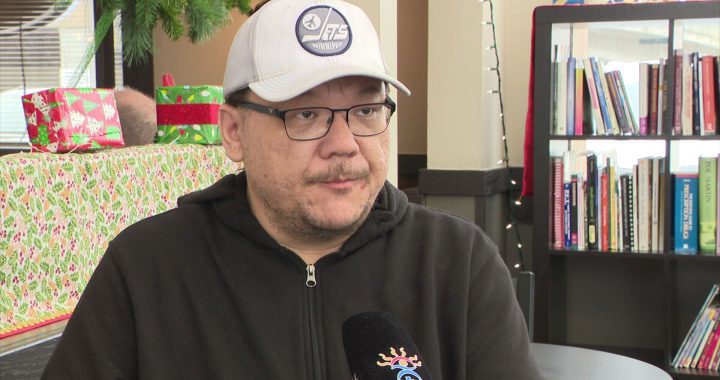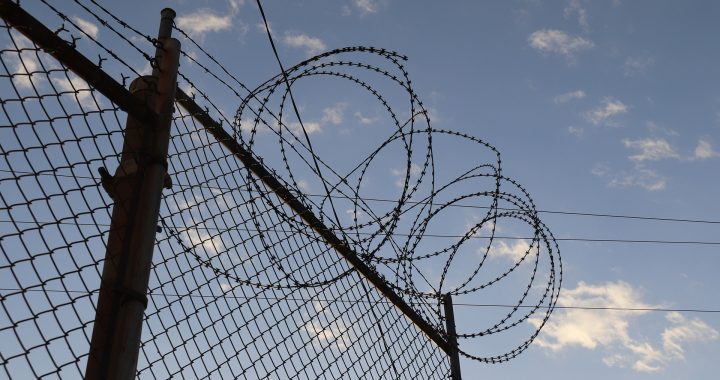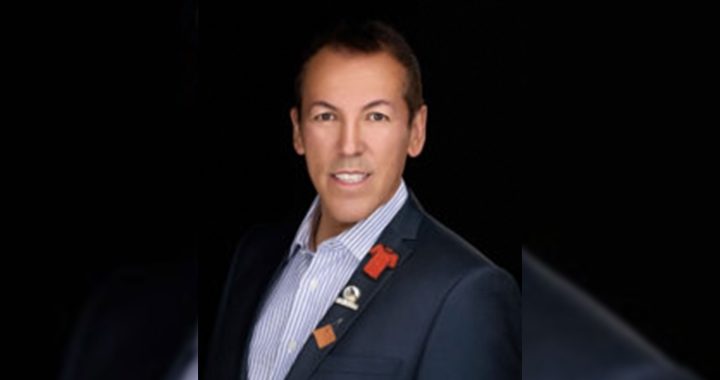The University of Alberta is working with First Nations in that province to address a troubling hospital issue.
A January 2022 report found that Indigenous peoples were being triaged in emergency departments differently than other patients.
The U of A study looked at 11 million emergency visits across the province. The data showed about a third of Indigenous patients were assessed as less urgent than others.
“We’ve heard for years the stories from Indigenous people about the bad outcomes,” said Dr. Esther Tailfeathers of Kainai First Nation south of Calgary. “Either they leave before being seen because of their treatment, or treatment that is sub-optimal and results in greater morbidity or mortality.”
Tailfeathers is the co-lead on a new, four-year project aimed at ensuring Indigenous patients are receiving proper care.
She said eight First Nations and organizations across Alberta will be partnering with emergency departments.
“We think the core part of the project will be to build relationships between First Nations and the emergency departments…,” said Dr. Patrick McLane, who does research in emergency medicine at the U of A.
McLane said the meetings have already begun and the feedback has been valuable in creating equal treatment for everyone in an emergency department.
“We believe that education of the providers is going to be part of the solution. Just culturally safe practices – not relying on stereotypes. Seeing patients as individuals.”
McLane is hopeful that in four years the treatment of Indigenous peoples in emergency rooms will be more in line with how everyone should be treated.
“In an ideal world, (the project) goes real well. Patients report fewer instances of discrimination. Better access to continuative care after the ED (emergency department). And then we can spread that to other hospitals in Alberta.”
The framework could be used at emergency departments across the province, McLane added.










